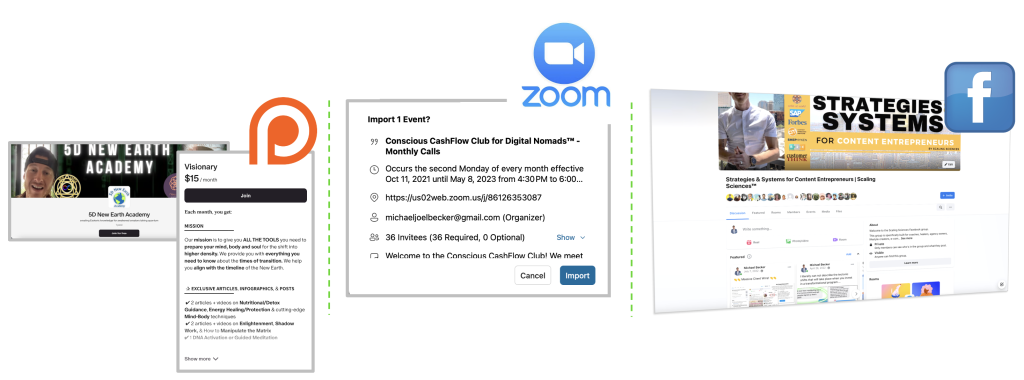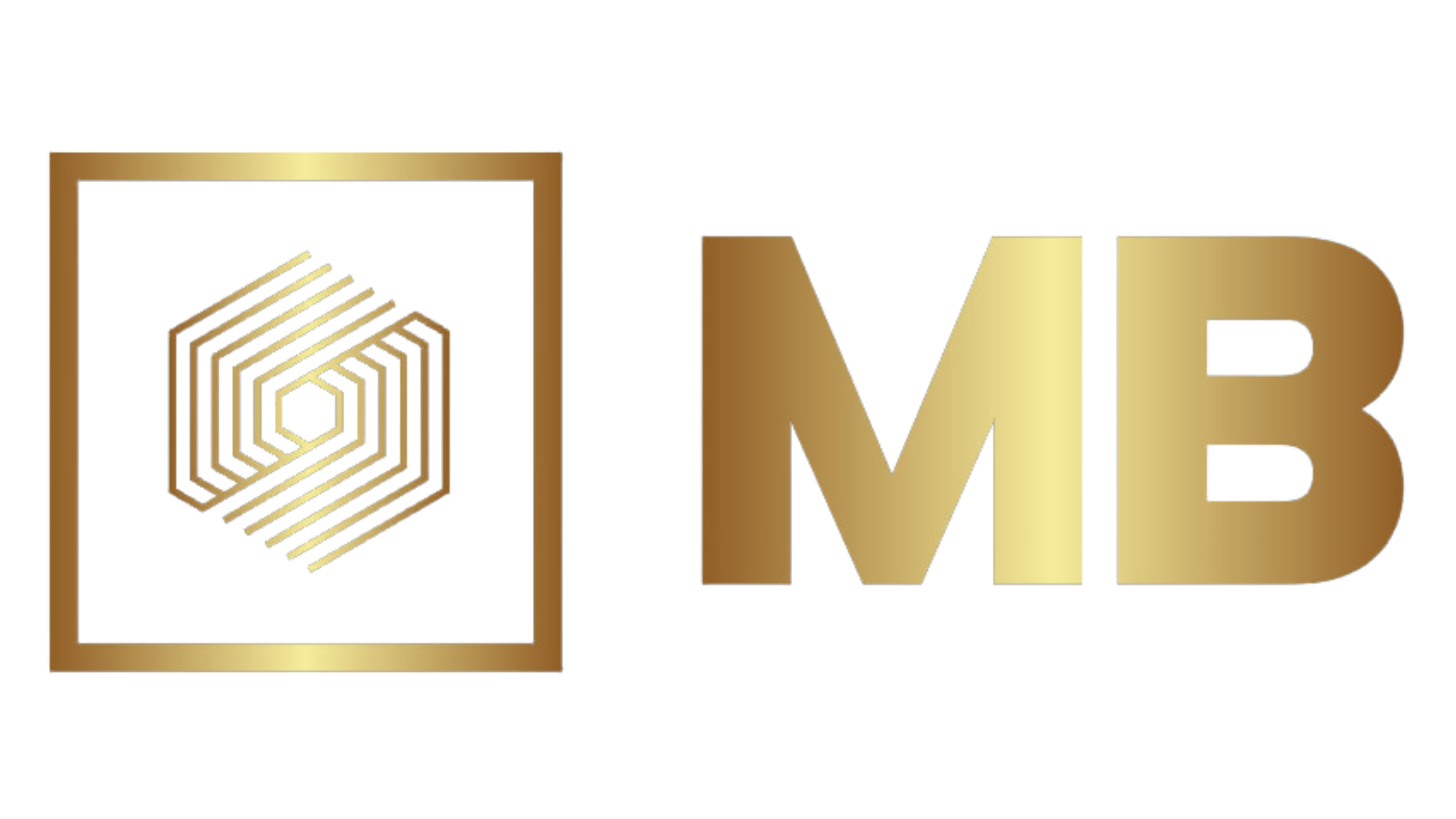Your cart is currently empty!

The Future of Marketing is Content Communities
The future of marketing is content communities.
VIP hashtag#content communities let you move to a “pull” model, leaving abrasive prospecting tactics in the past.
If the 2000s and 2010s were about the media-marketing model, the second half of the 2020s and the 2030s will be about a community-marketing model.
Whereas those who had the best content won the last 20 years, those with the best communities will win the next 20.
Gated communities are all about facilitating an exchange of value for members who have self-selected to join your walled garden.
Private forums require a higher exchange threshold than a simple lead magnet or newsletter opt-in which are mostly transactional.
They’re more like an agreement to ‘move in’ together, and have potential to be transformational.
The goal is to leverage your group as an economical mass nurturing powerhouse; as a platform to grow your own authority and attain higher status in the eyes of members; and to connect with members one-on-one in a high-value space.
My mind was opened to the value of VIP groups when I was running New Earth Knowledge™ from 2018-2023. The community on Instagram provided a hotbed for me to share esoteric content my audience wanted, resulting in anywhere from 5-7 inbound inquiries per month for coaching.
The public page, in-and-of-itself, was a pseudo-private group (all content is visible to the public but you do have to follow to see posts in-stream). But I also started experimenting with other forms of members-only spaces off the back of that.
Witnessing the saturation of hashtag#socialmedia, in general, I was like “you know what… the social spheres are getting so cluttered… what if I move my audience out of Instagram altogether, ushering them into a closed-off space where I have their undivided attention, where I have control, where no one else is competing for their attention?”
So, I started experimenting with that idea. I flipped up a Patreon for a bit, I tried to get a free but private weekly workshop going (got about 36 members), then I finally decided that a Facebook group would be best for me and ran with that, ultimately admitting only those who I’d coached one-on-one or who purchased my eLearning program at the time.

But other options are plentiful, too – especially in this evolving Web3 world. You have Slack. You have Discord. You can do a Zoom workshop. Facebook groups still work. There’s tons of options. And, whichever format you go with should be aligned with your business strategy, your personal proclivities, and the preferences of your audience.
Groups can be free or paid, but paid groups should be a low-ticket entry point leading to a higher-involvement purchase like a SaaS product, service offer, or eLearning course.
How about the psychology behind groups? Free-to-join private groups are so powerful because they essentially mix exclusivity, urgency and FOMO all in one.
They basically say “there’s secrets being shared here daily, all you have to do is request to join and you can become privy to those.”
That’s an extremely strong value prop.
Of course, you have to deliver.
You have to prove to members, and new members especially, that they made a good decision to hop into your community. That means weekly content sharing, live streaming on a consistent schedule, and one-on-one attention with members.
They have to extract more value than they handed over to enter if you want them to be better, more well-prepared, higher lifetime value customers down the line.
There’s lots more to uncover here which I delve into in my book, CONTENT CAPITALIST. Grab your copy.

Leave a Reply